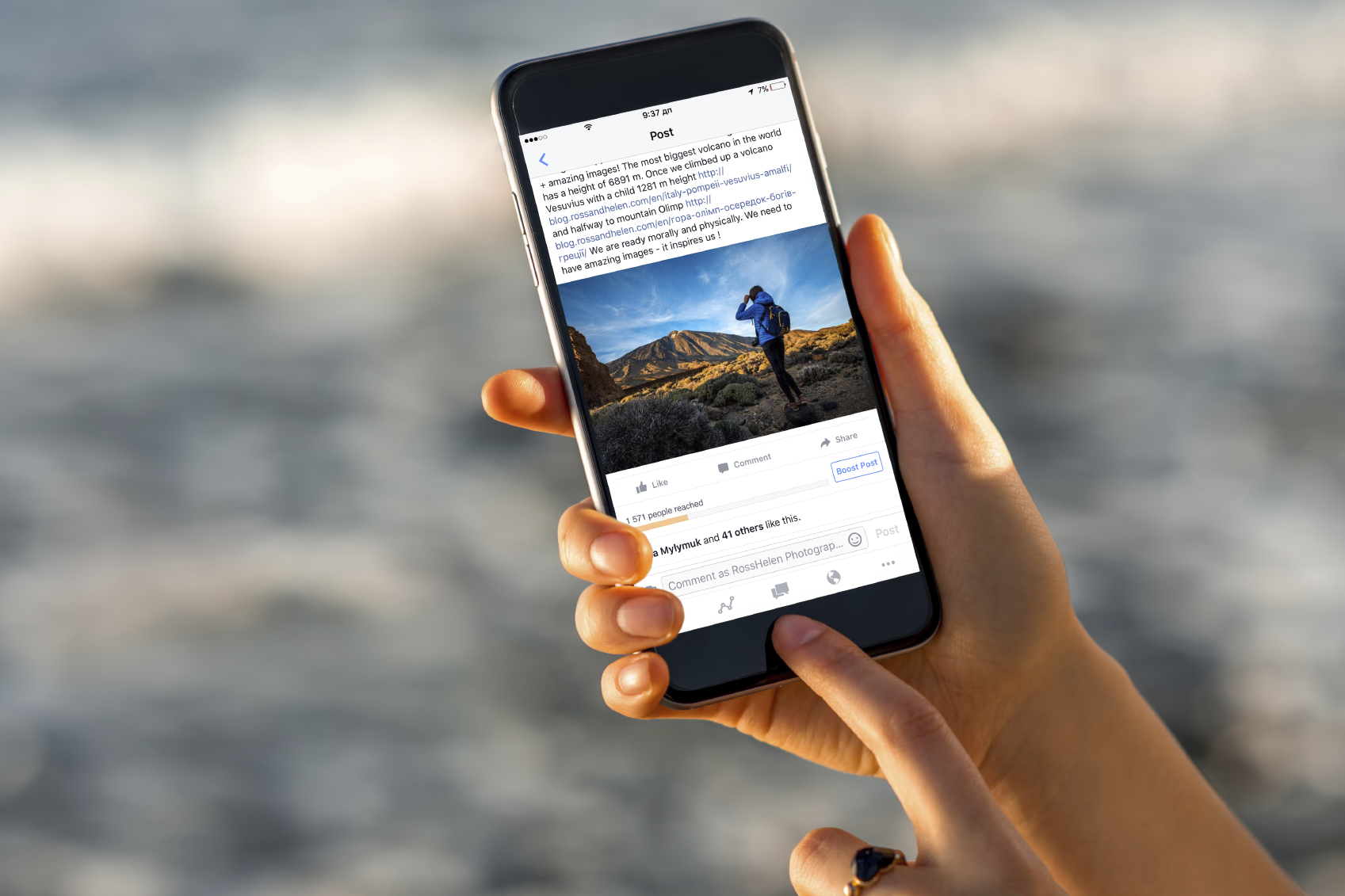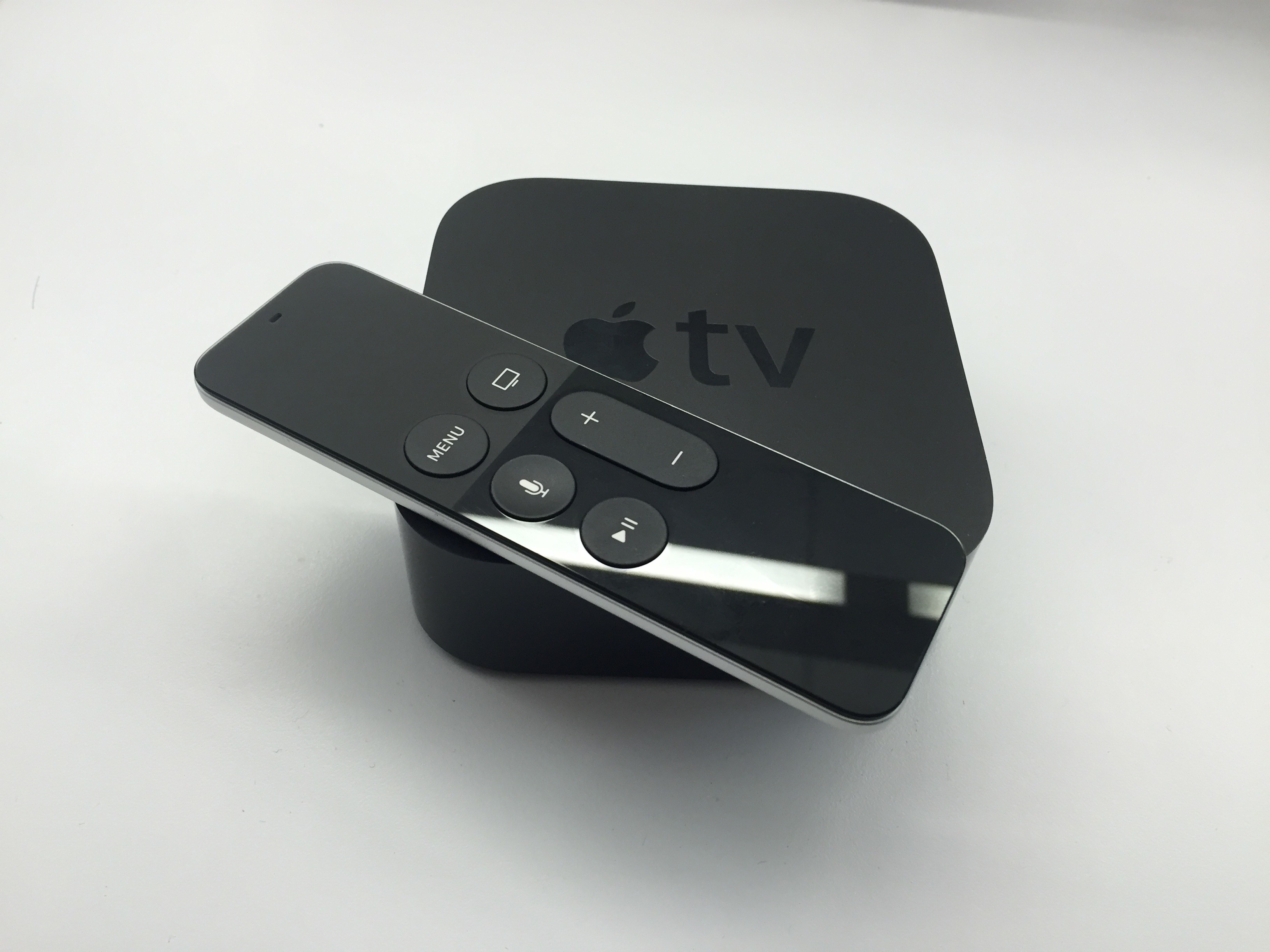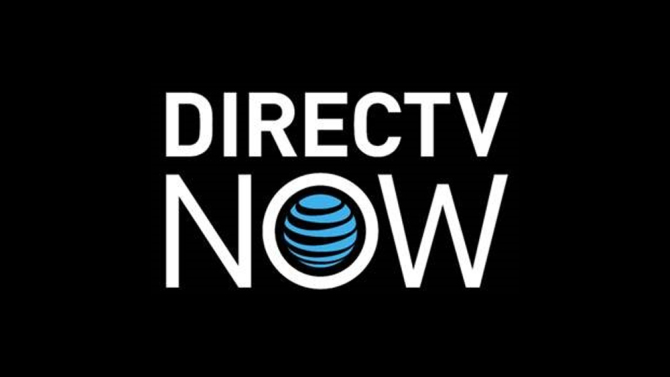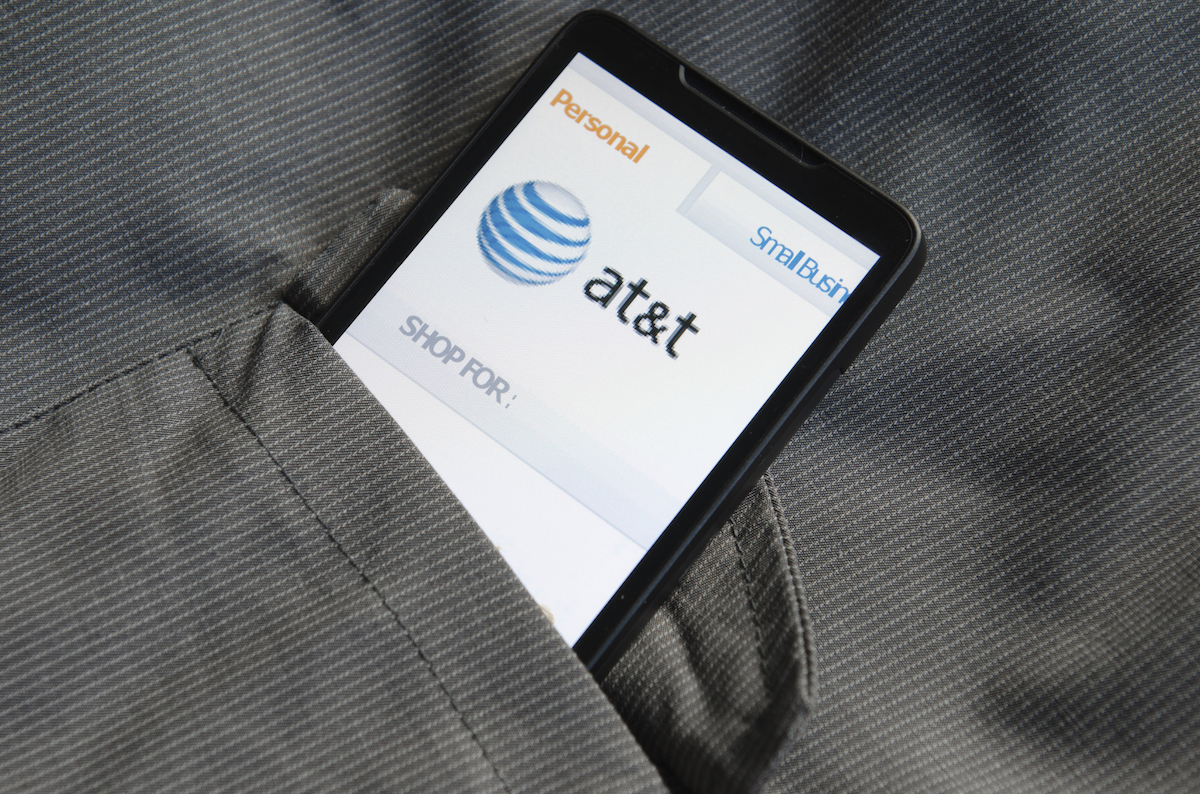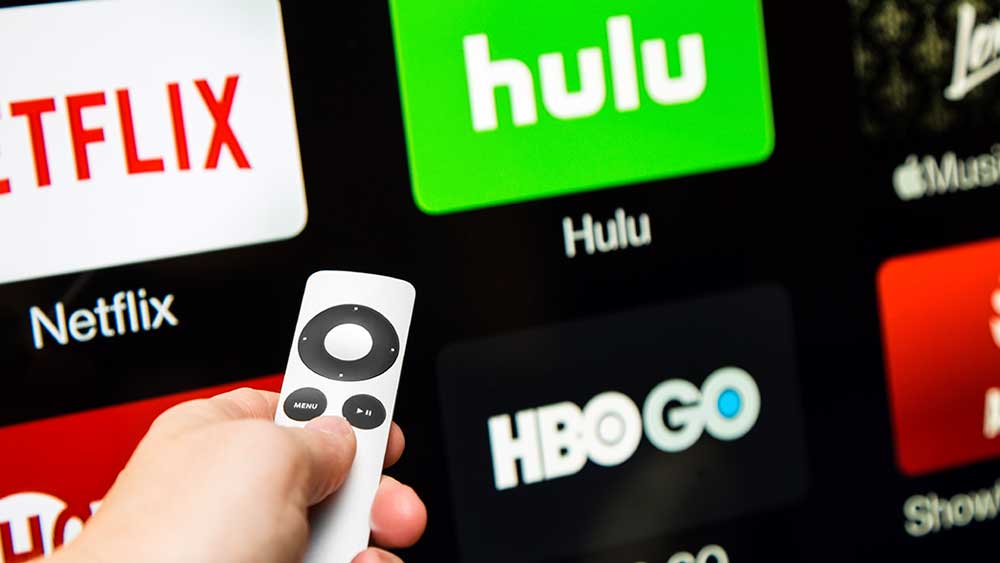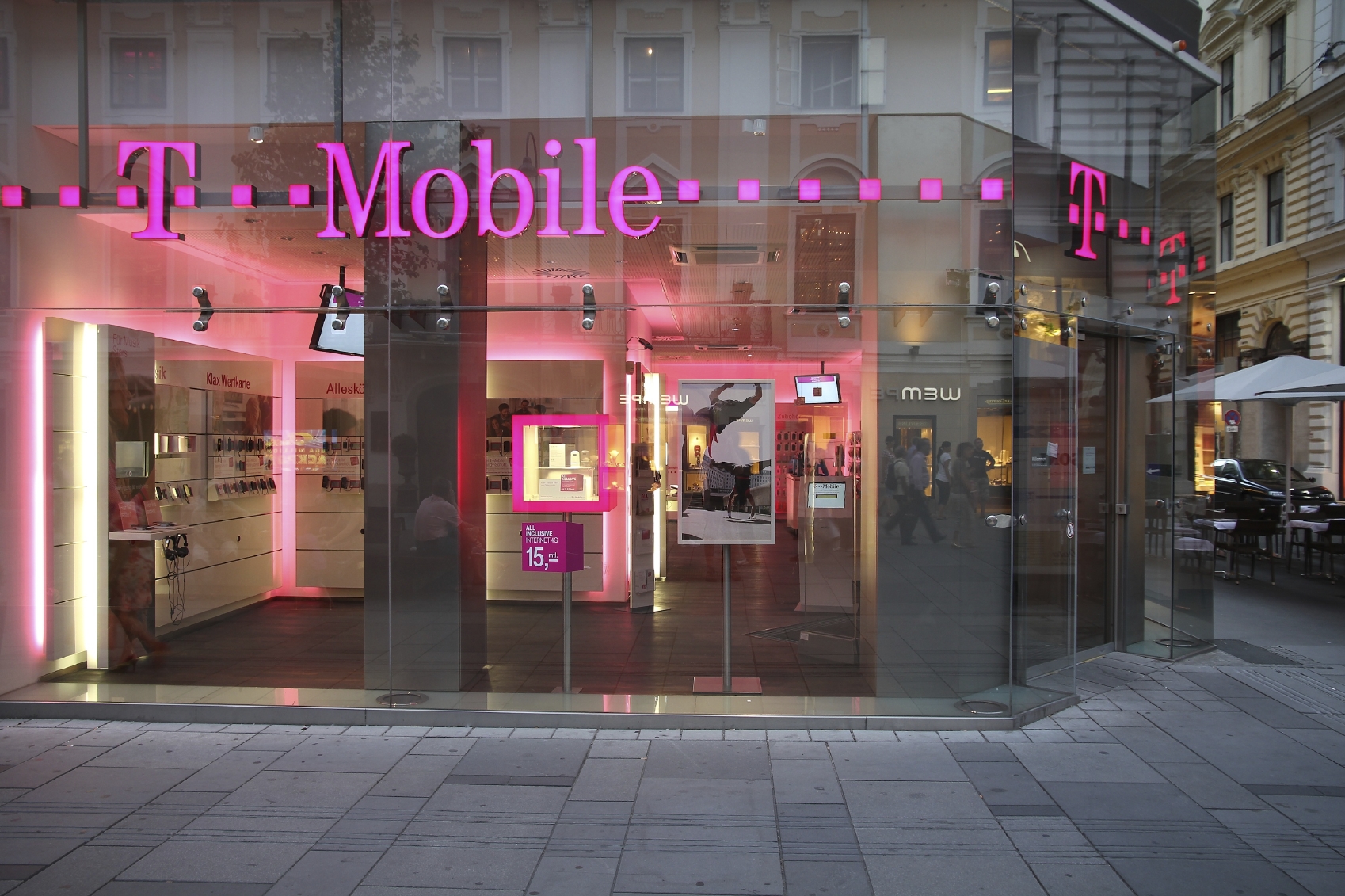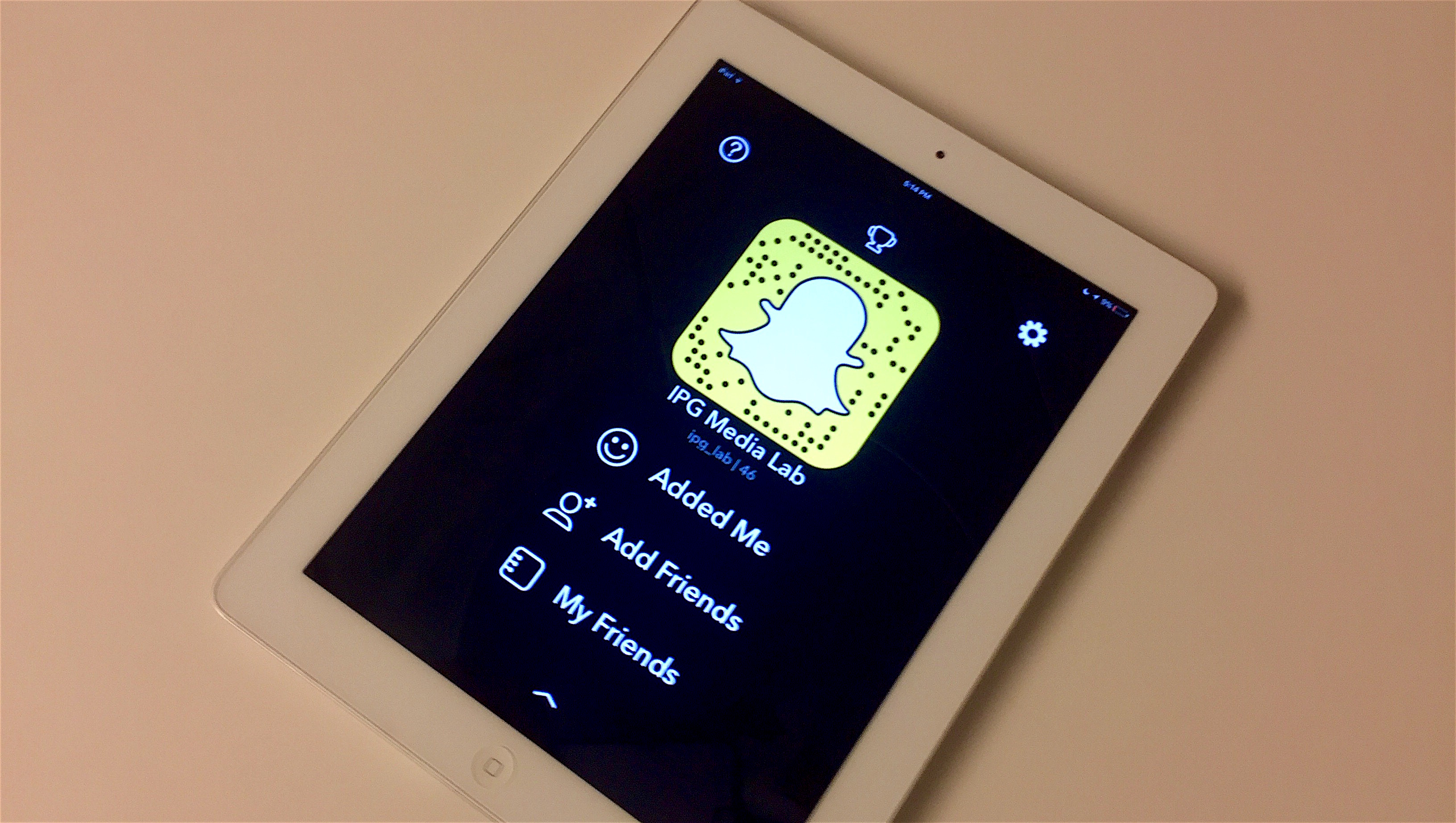What Happened
After a week of speculations, Facebook has finally confirmed that it will be soon launching a free video app for OTT streaming devices such as Apple TV, Amazon Fire TV devices, and Samsung Smart TV, with more platforms to come. This way, viewers will be able to watch the videos they already see on Facebook on their TV screens. In addition, Facebook also added some tweaks to video playback, including defaulting the autoplay videos to play with the sound on, picture-in-picture video when people want to watch a video while scrolling, as well as a wide rollout of vertical video format.
Update: On March 1st, Facebook officially released new Video app for fourth-gen Apple TV.
What Brands Need To Do
This announcement reaffirms Facebook’s commitment to building out its video offering in order to vy for a bigger piece of the ad dollars pouring into digital video. Earlier this month, the social network announced an expansion of partnerships with third-party ad tech companies, promising to provide advertisers more data and a clear comparison between social ads and TV ads. And these new video initiatives are all about positioning Facebook as a video destination across platforms.
Once launched, the app would offer brand advertisers a valuable new video channel to leverage Facebook’s audience data to reach targeted customers. As Facebook continues its push into the digital video space and challenges YouTube for a piece of the growing video ad budget, brands should carefully consider their video strategies and take into account Facebook’s growing video ad products.
Source: Facebook Newsroom
